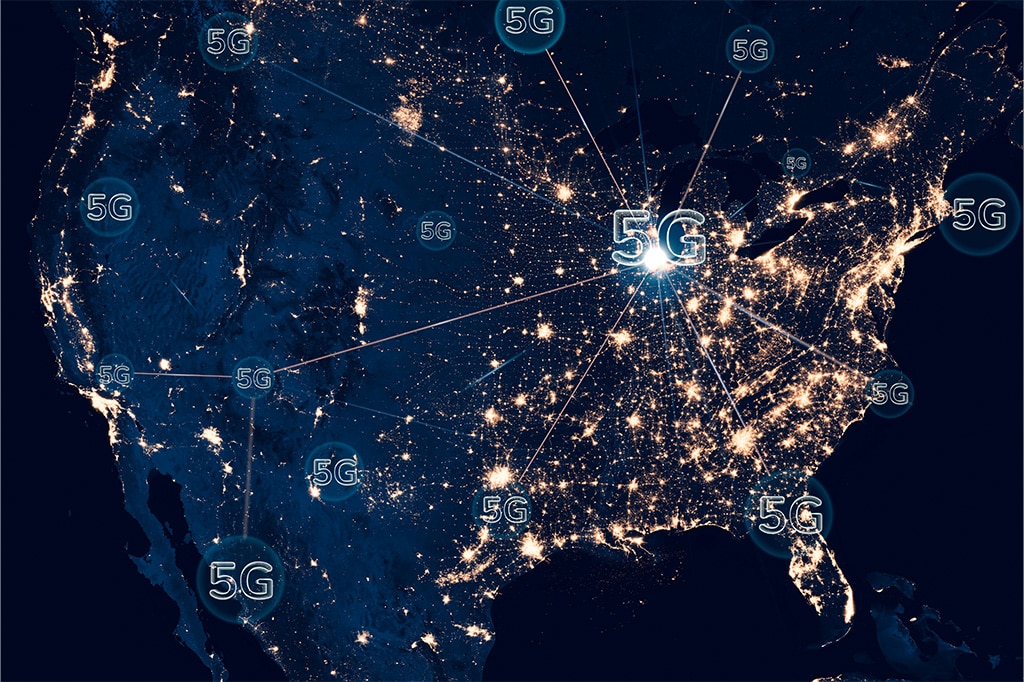The latest 5G network is said to be the next human (industrial) revolution bringing the speed necessary for the next internet level. Unfortunately, due to the slow build-up of the 5G network, the application of the 5G network has not been fully realized. 5G is considered to be the most important technology affecting society at all levels of technology, and the economy in the future. However, we have many controversies surrounding the 5G network, one of them being whether or not it affects aviation safety. Earlier this month, the US Federal Aviation Administration (FAA) delayed 5G networking on this ground.
According to the FAA’s 5G has potential adverse effects on aircraft systems. However, the report also clearly states that there is no confirmation of harmful interference. US operators AT&T and Verizon agreed to suspend the introduction of the new C -band 5G spectrum.
This FAA decision caused controversy in the industry since many professionals in the telecommunication industry strongly oppose this decision.
Meredith Attwell Baker, President, and CEO of CTIA, said:
“5G signals operate in the spectrum adjacent to aviation equipment. American Airlines fly in and out of these countries every day. If interference is possible, we should have seen it…We have added a layer of protection in the United States, called a guard band, which is hundreds of times greater than the isolation that exists between wireless and other critical spectrum users”.

On the issue of whether 5G affects aviation safety, Canada also restricts 5G services in airports. However, just like in the U.S., many companies in Canada are opposing this decision. The Canadian
Regulatory authorities’ restrictions are mainly due to the similar frequency bands of these devices. Most of the frequency bands in navigation equipment are between 4200MHz and 4400MHz. The 5G frequency band in Canada is at 3500MHz. The two are relatively close and may interfere.
As in the US, the operators deploying 5G immediately expressed their dissatisfaction because they believe that these measures are stricter than the measures in other countries and regions.
Most dissatisfied is a local operator, Telus, who just spent $20 billion to take 3500MHz frequency bands. The company claims that the current policy causes the company’s value to reduce by $1 billion.














